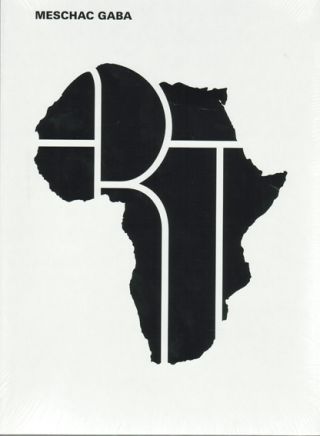
No Order
No Order is a research, production and publication machine based in Milan, employing different tools to impact the social, semiotic and economical assemblages within the contemporary cultural industry. (Engl./ Italian)
Sections: Time Zone, Play Time, and Time Machine.
The cartographies in Time Zone trace out emerging artistic 'systems', geographies of governmental disparities, and different dynamics of cultural work. What is at stake here is the position that these local systems are adopting in the globalised system of contemporary art. This section focuses on the way the role of cultural industries is affecting various economic scenarios around the world. Time Zone is quite simply a rewriting of the opening section of art magazines – that of news and appointments. In this issue: Russia, the Czech Republic, Romania, Croatia and Turkey.
Play Time corresponds instead to the central section of an art magazine, which is generally dedicated to monographic essays on particular artists. Categories like 'author' and 'work' are concepts that belong to a particular historical period—that of the modern age—but they are no longer able to analyse and portray the processes of contemporary production. Deconstructing the hyper-visibility of certain organisations and giving visibility to the invisible networks and processes that permeate the space of art, in a collective chain of Education/Market/Display, thus becomes the only possible form of action in today's state of 'work'.
The section Time Machine aims to complete the issue by questioning the position of time at the heart of capitalism, but no longer in its 'modern' form, which based the production process on the contrast between use value and exchange value, and thus, by extension, on the dialectic between reality and representation. On the contrary, time—which is based on potential/actual relationships—is now the basis for the information economy. At a time when appearance has entirely replaced reality, the subject is always a 'power', insofar as it is memory, on the point of manifesting itself. The last section of art magazines is given over to art reviews, and the category it deals with is always the time dimension of 'after'.
Language: English





